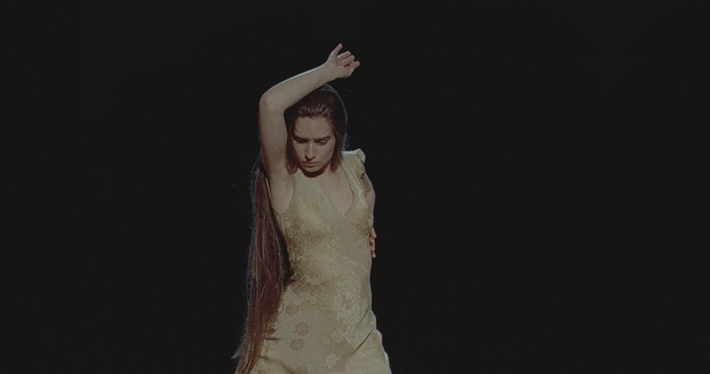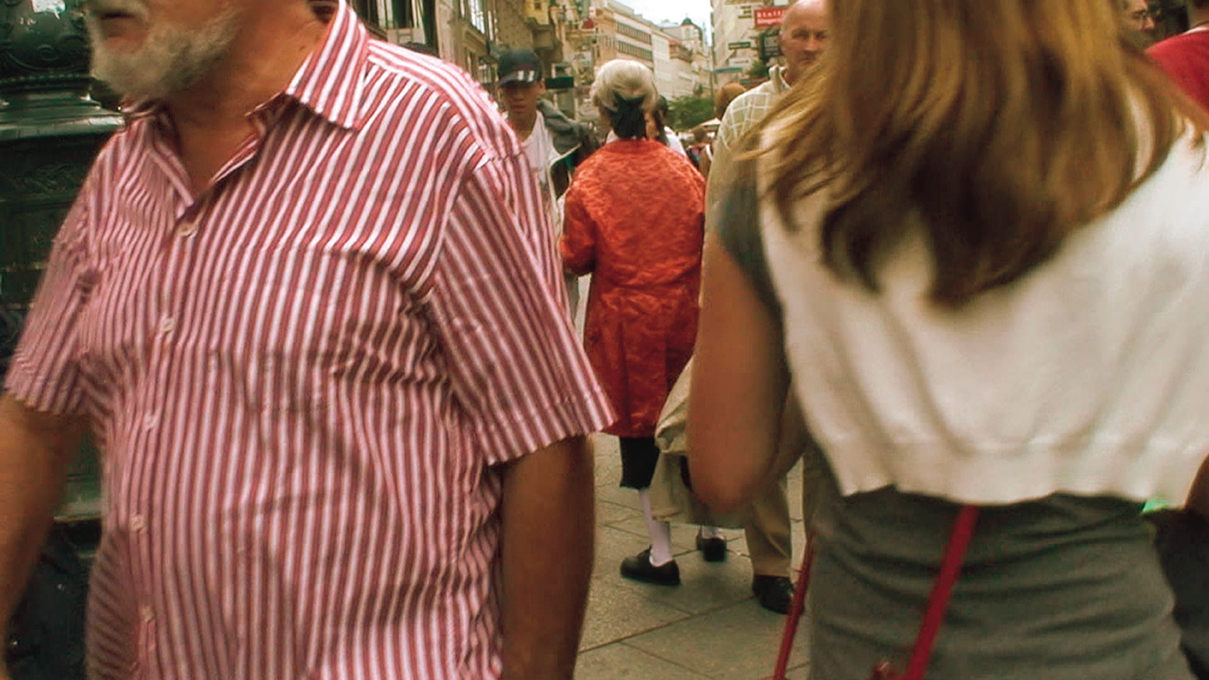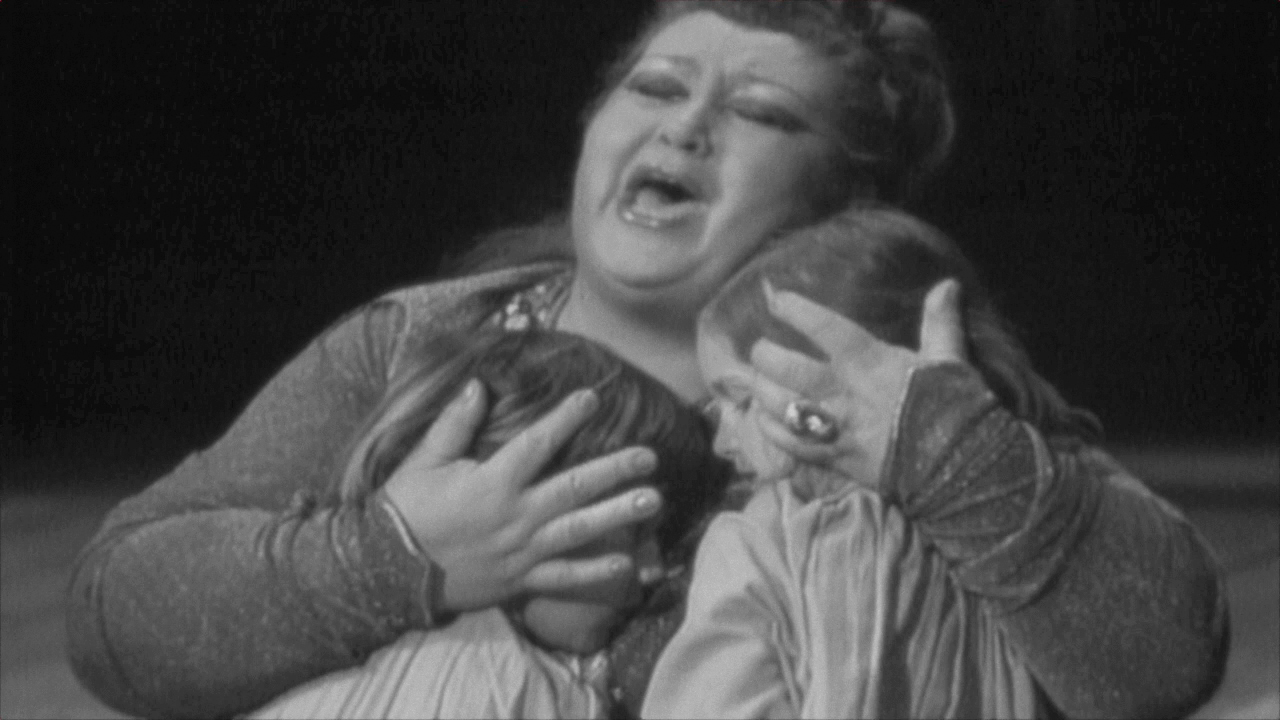
Featured Member: Jelena Juresa
Above: Jelena Jureša, Mira, Study for a Portrait, 2010-2014, video still
Featured Member shines a spotlight on the diverse research interests of, and the exciting projects undertaken by, those affiliated with the Cultural Memory Studies Initiative. In this third instalment of the series, we speak to Jelena Juresa, a visual artist and researcher working extensively on questions of national identity, politics of memory and oblivion through the media of photography, video, and text. In 2017, she was granted a two-year research project entitled “Unfolding Amnesia: An Interdisciplinary Research into Artistic Practices and the Politics of Oblivion”, in which she investigates the politics of oblivion in relation to the construction of a homogeneous national identity.
You research memory both as a visual artist and as an academic. Could you briefly describe your artistic practice and your academic work for us? How do you see the relationship between them?
The term “research” is perhaps more readily subsumed under my interest in a specific subject: through my artistic practice, through works that explore questions of memory, I focus on the politics of forgetting and the compartmentalization of historical events, primarily through lens-based media. What I am interested in, and what I have dealt with over the past years, are the mechanisms used to implement the politics of memory and forgetting. Of course, I have been prompted by my own experience of living in Yugoslavia, by its horrific breakup and the subsequent reality of living in Serbia, where I witnessed a series of historical revisions, accompanied by an upsurge in patriarchy, religion, rightwing beliefs, nationalisms, hand in hand with fascist ideas and the transition to neoliberal capitalism. This process has been under way in the entire ex-Yugoslav region, but it is the most difficult to bear when you experience it in a space you seek to belong to, until you realize that you cannot belong there, and that, like so many other people who refuse to identify with the new value system conglomerate that superseded Yugoslavia, you can at least choose how not to accept what is offered.
For me, the process of research that precedes an exploration of a certain subject in artistic practice is axiomatic, and I wouldn’t necessarily associate it with academic study. On the other hand, I do not see myself as someone in the role of an academic; instead, I would rather say that I have infiltrated a group of people who know a lot about a subject I am interested in, in order to use this ideal position for my artistic investigation. Before I came to Ghent, what attracted me was how centres such as TAPAS, CMSI, and S:PAM feed into each other.
Do you find that you engage with memory differently depending on what hat you are wearing: that of a practitioner or that of a scholar?
If it’s possible to view it separately from my artistic work, my scholarly work is done in accordance with my artistic interests. I read once that an anecdote can reveal a blind spot, and I find this very accurate. I treat it seriously, as something that guides my research. The essence of my artistic practice is constant questioning, and if this questioning is also rooted in a critique of certain processes and events, I find that this inherent ambiguity in the process of reading a work is a key element in my practice.
What texts, concepts, or methods from memory studies are most useful for your work, both artistic and academic?
This question demands a long answer. In my work I fall back heavily not only on philosophical texts, but also on literary sources. What I can say briefly is that in the art project I am currently working on, which focuses on the history of Europe through the anatomy of the politics of oblivion, the key texts and concepts I use are Michael Rothberg’s concept of multidirectional memory, also addressed in works by Paul Gilroy, Hannah Arendt, and W. E. B. DuBois, in addition to Achille Mbembe’s Necropolitics and, inevitably, Marina Gržinić, who was the first to apply this concept to the wars in Yugoslavia. Furthermore, I draw on Ann L. Stoler’s concept of Colonial Aphasia, Donna Haraway’s Teddy Bear Patriarchy, the subaltern as theorized in the writings of Gayatri Chakravorty Spivak, Suvendrini Perera’s Trophy Bodies and Violent Visibilities of the Nonhuman, as well as a collection of poems and texts by Semezdin Mehmedinović, published under the title Sarajevo Blues.
Jelena Jureša, Mozarts, 2009, video still
The focus of your artistic work ranges from Mozart impersonators and Yugoslav children’s choirs to women’s experience of PMS. What inspires you to focus on a particular topic, event, or subject?
The focus is always on identity as such, on individual destinies determined by established social concepts or imposed political circumstances, so even though the political dimension is not foregrounded, each work is political; it can be the exploration of the Mozarts, the polyglots from Southeastern Europe that sell tickets to Mozart’s operas and concerts on the streets of Vienna, dressed in baroque costumes, those an observer unequivocally recognizes as Mozart, a signifier of Austrian identity, which in itself is questionable and controversial. The fates of the wandering Mozarts are largely determined by the fact that they were born in a region which does not belong to privileged Europe, and despite their university degrees and the fact that they speak multiple languages, they choose to make a living by wearing baroque-like wigs in the summer months. In similar fashion, I deal with issues concerning female identity, as explored in Notes on PMS, where the premenstrual syndrome is used as a framework in which women, caught in a moment of vulnerability, speak out about their insecurities, which are patently socially conditioned.
Jelena Jureša, Notes on PMS, 2013, video still
In your 2013 work Still, you combine text, video, photography, and sound to bring life to the memory of a Yugoslav children’s choir. How would you describe your approach to mixed-media pieces like this one?
What is more interesting in this type of work, I believe, is the multiplicity of meaning engendered by this type of clash between different forms of media, although I perceive them as a composition of sorts, rather than a mix. The Sarajevo children’s choir – present in the work exclusively by means of sound installation – was formed during the war, in the shell-shocked city. The photograph showing an empty room in which the choir holds their rehearsals represents the present moment, the as-is, in a building whose meaning forges a range of connections on many levels – with the repertoire of songs performed by the choir, among other things. Both of these elements collide with the moving image of the post-Dayton natural surroundings, with the very questions of where the war ends and what its consequences are, what readings are offered by the postwar landscape of a non-functioning state, and whether events can be truly apprehended solely through a linear understanding of time, by bracketing the past, present, and future. The body of the observer in one such installation space is of prime importance for me, so even when I do a single-channel video, I approach it as a video installation and take account of the spatial position of the observer with regard to the image.
Some of your recent work, such as Song (2018), features collaboration with researchers in the science community. What is working with scientists like, and how have your collaborations shaped the way you envision the intersection of memory studies and science?
The cooperation with Sidney R. Nagel is a fortunate development that occurred during my stay in Chicago as an artist in residence, following an invitation from Hyde Park Art Center. During my stay in Chicago, I was invited to a roundtable attended by a large number of scientists, not necessarily artists, even though the event was hosted at the Smart Museum and addressed the museum’s collection, as well as issues of memory in artistic practices. Professor Nagel was one of the participants, and we soon arranged a visit to his laboratory, because I was fascinated by his decades-long research, his work on memory and his generous demonstrations of the way matter remembers. What is more, many of these experiments were photographed and recorded by him in his laboratory at the University of Chicago, and they can be viewed as abstract images but also as very clear metaphors of absence: of the body that remembers.
Jelena Jureša, Song, 2018, video still
Could you tell us a little about the project you are currently working on?
One of the projects I’m working on at the moment is a project at KASK School of Arts in Ghent, supervised by Lars Kwakkenbos. This interdisciplinary research project investigates the emancipatory potential for the production of critical thought through artistic practice, education, and research. The research integrates recent developments in art research, philosophy of history, and postcolonial studies to investigate mechanisms of the politics of oblivion concerning difficult pasts. It draws from the idea that arts provide the most suitable platform for transdisciplinary investigations into the politics of memory and oblivion.
Under the project, I am developing Aphasia – a film and an artist book – already mentioned above, which focuses on the absurdity arising from the collective silence surrounding crime and the compartmentalization of historical events. The central aim of the project and the film is to address the politics of memory, oblivion, and historicization at work in three emblematic histories of the twentieth century in the context of Europe. First, the negation of war crimes after the dissolution of Yugoslavia and the construction of a national identity in Serbia. Second, the construction of a national identity in Austria after the Anschluss and its relation to silence on the Holocaust, and third, the construction of Belgian identity in the aftermath of Belgium’s colonial past. What connects these three events is not a crime that occurred over a span of a hundred years, but the state mechanisms of dehumanization and stigmatization, and the fact that in all three cases, despite the available facts, a collective identity has been built on the practice of silence, around which both the nation-state and the national identity are constructed. Through the three film chapters, the past and the present are collided, reframing and challenging particular historical blind spots, addressing the power asymmetry as inherited and internalized in contemporary Europe. Furthermore, in this framework the very politics of media are questioned, especially film and photography, which evolved from a mechanical reproduction tool to an agent of recording and coding.
Are there any recent or forthcoming conferences, exhibitions, or other events that you are particularly enthusiastic about?
I am always enthusiastic about the work at hand, as there is so much that needs to be done before the exhibition takes place, but at the same time there are many exhibitions I plan to visit in 2018, like the Bruce Nauman retrospective in Basel or the Alexander Kluge exhibition in Vienna, which I was forced to miss now in Essen.
Interview conducted via email by River Ramuglia.



